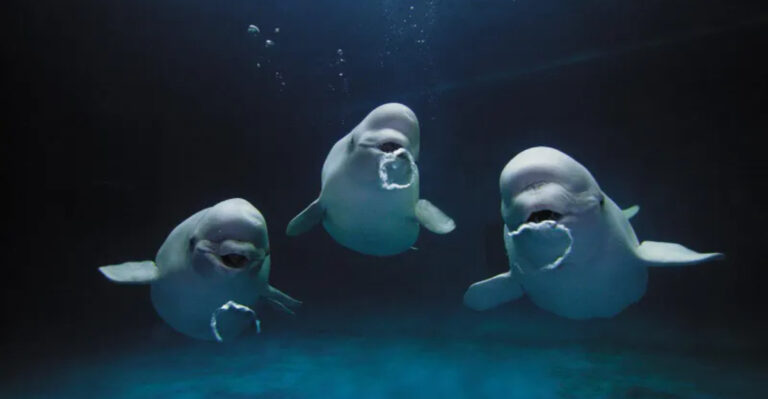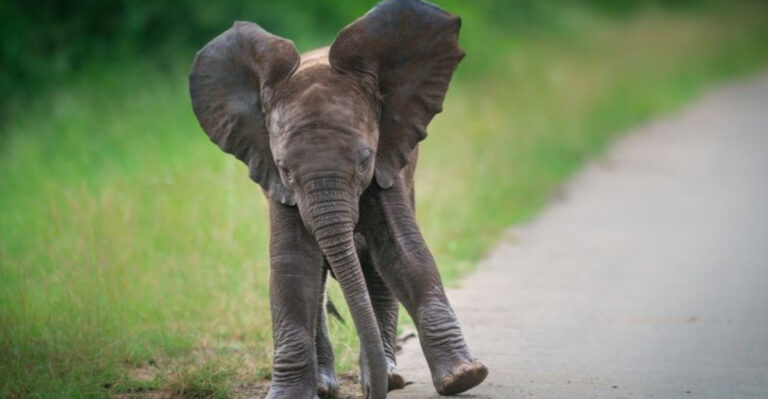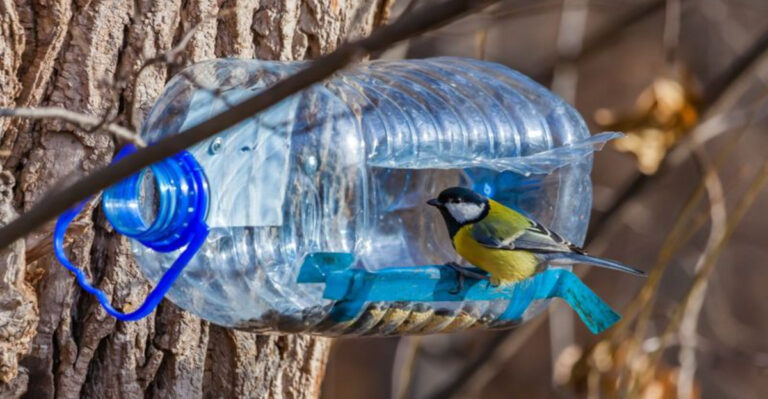16 Albino Animals So Rare, You’ll Think They’re Mythical
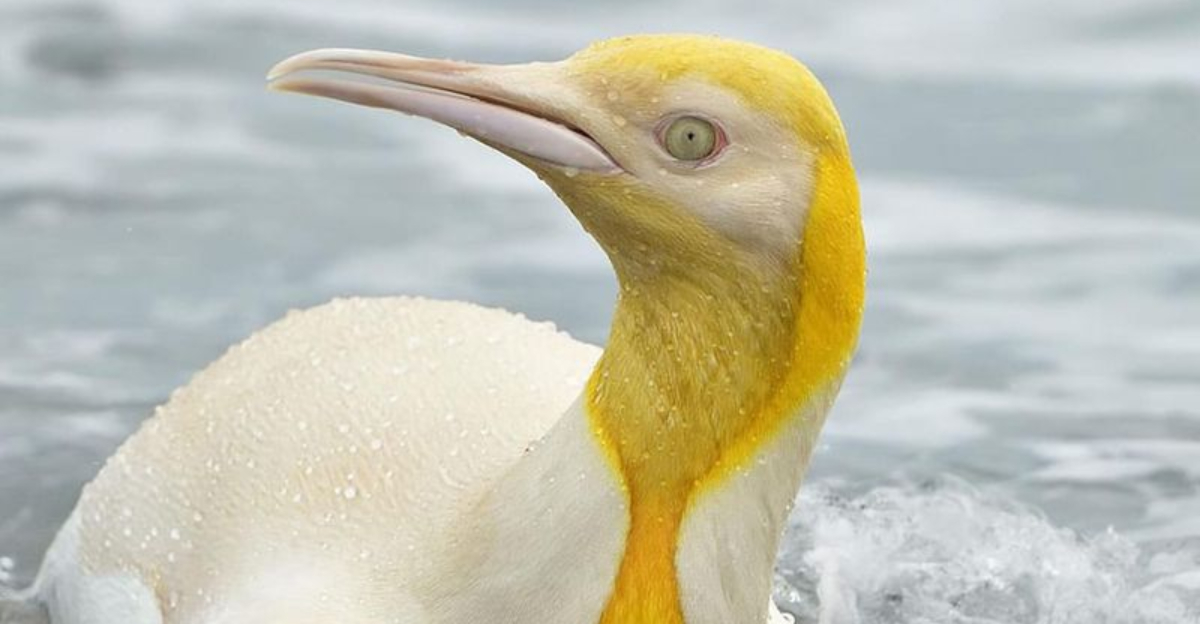
Albino animals possess distinctive white or pale skin, often accompanied by red or pink eyes, due to the absence of melanin.
Learn more about the extraordinary world of albino animals, where the rare lack of pigmentation transforms these creatures into stunning anomalies of nature!
1. Albino Peacock
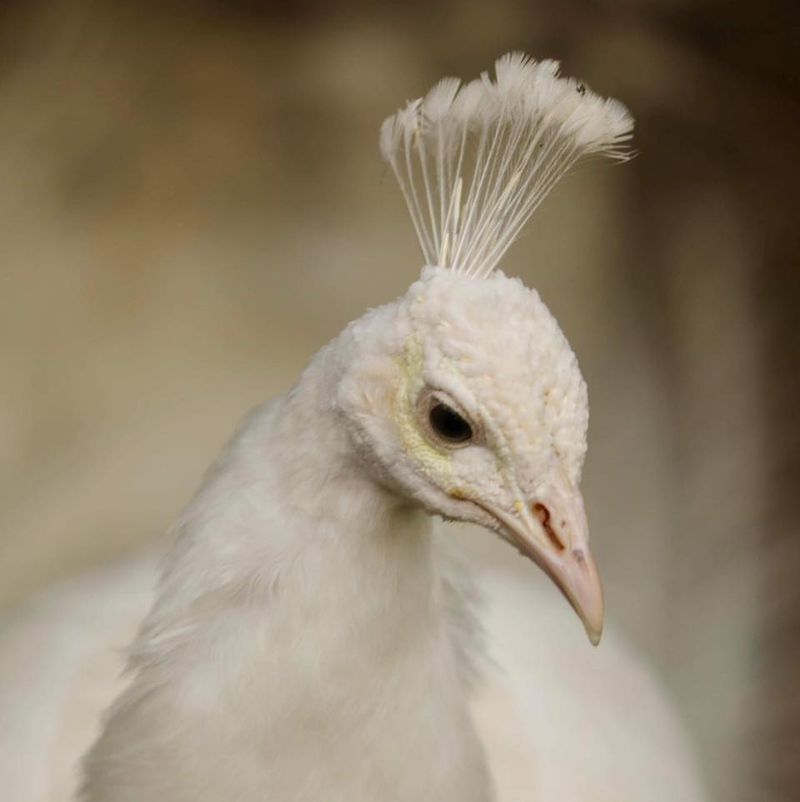
Albino peacocks are pure showstoppers—snowy white feathers, pink eyes, and a strut that turns heads everywhere they go.
Unlike their colorful cousins, these rare beauties dazzle with elegance instead of bright hues.
Their brilliant white plumage might make them easier targets in the wild, but it also makes them unforgettable.
With their sweeping tails and graceful moves, they’re living works of art that steal the spotlight.
You’ll often find them in peaceful gardens and reserves where their uniqueness can truly shine.
2. Albino Koala
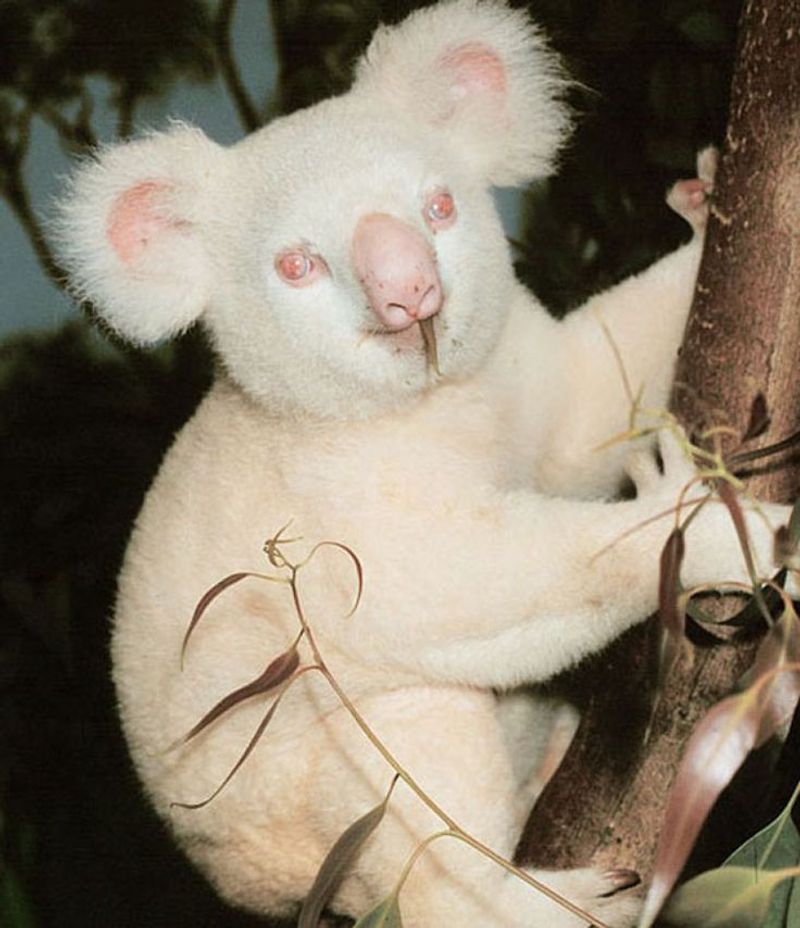
An albino koala is a rare sight amidst the lush Australian eucalyptus forests. Unlike the common grey koalas, these creatures boast a striking white coat and pink eyes.
Their unique appearance stems from the lack of melanin, giving them a fairy-tale like presence.
Albino koalas face difficulties in the wild, such as vulnerability to predators and sunburn due to their pale skin. Despite these challenges, they continue to thrive, charming anyone lucky enough to spot them.
3. Albino Hummingbird
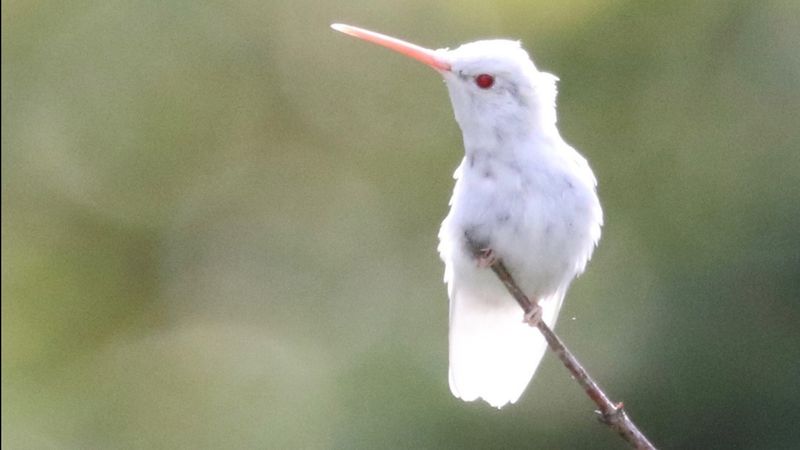
The albino hummingbird is a tiny marvel of nature, flitting through gardens with iridescent white feathers.
Its size and speed make it a challenge to spot, but those who do witness a truly rare delight. Unlike their colorful relatives, these birds are entirely white, with pinkish eyes.
Their albinism makes them more prone to threats, as their bright coloration provides no camouflage against predators. However, their ability to move swiftly offers some protection.
4. Albino Frog
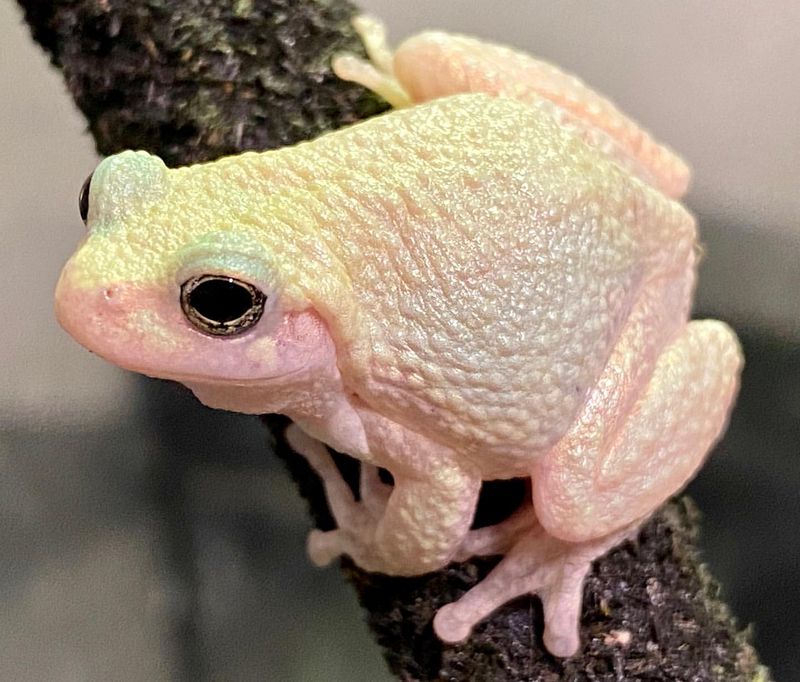
Albino frogs look like little ghostly gems hopping through ponds and streams—bright white with pink eyes that totally steal the spotlight.
They’re rare, eye-catching, and impossible to miss among their green and brown buddies.
Their glow-up makes them easier for predators to spot, but their quick hops and light-colored hangouts help them stay safe.
These tiny hoppers do big work, munching on bugs and keeping ecosystems in check.
Clean water is everything for their survival, so protecting their habitats is a must.
5. Albino Gorilla

Albino gorillas are nature’s rarest gems—only a handful have ever been seen, and they’re absolutely breathtaking.
But that magical look comes with challenges. Their lack of camouflage makes them easy targets for predators—and sadly, for poachers too.
Conservationists work hard to keep them safe, protecting both the gorillas and the wild spaces they call home.
Because of their rarity, albino gorillas have become powerful symbols of just how precious and fragile biodiversity really is.
6. Albino Deer
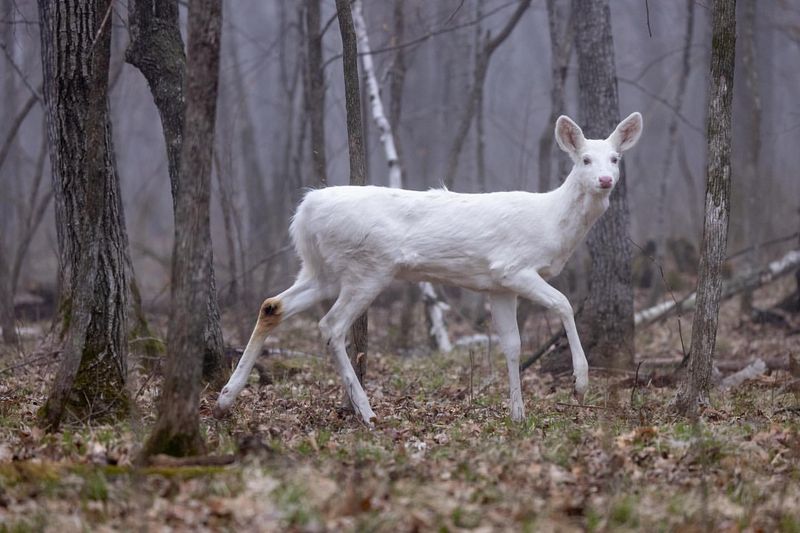
Albino deer are like magical woodland creatures—white as snow with soft pink eyes, they almost don’t look real.
You’ll find them roaming North American forests, glowing against the greenery like nature’s unicorns.
But that dreamy look comes with real-world risks. Their pale coats make hiding from predators tricky, and their sensitive eyes don’t love bright sunlight.
Still, many see them as symbols of good luck or spiritual wonder, adding to their mystique.
7. Albino Zebra
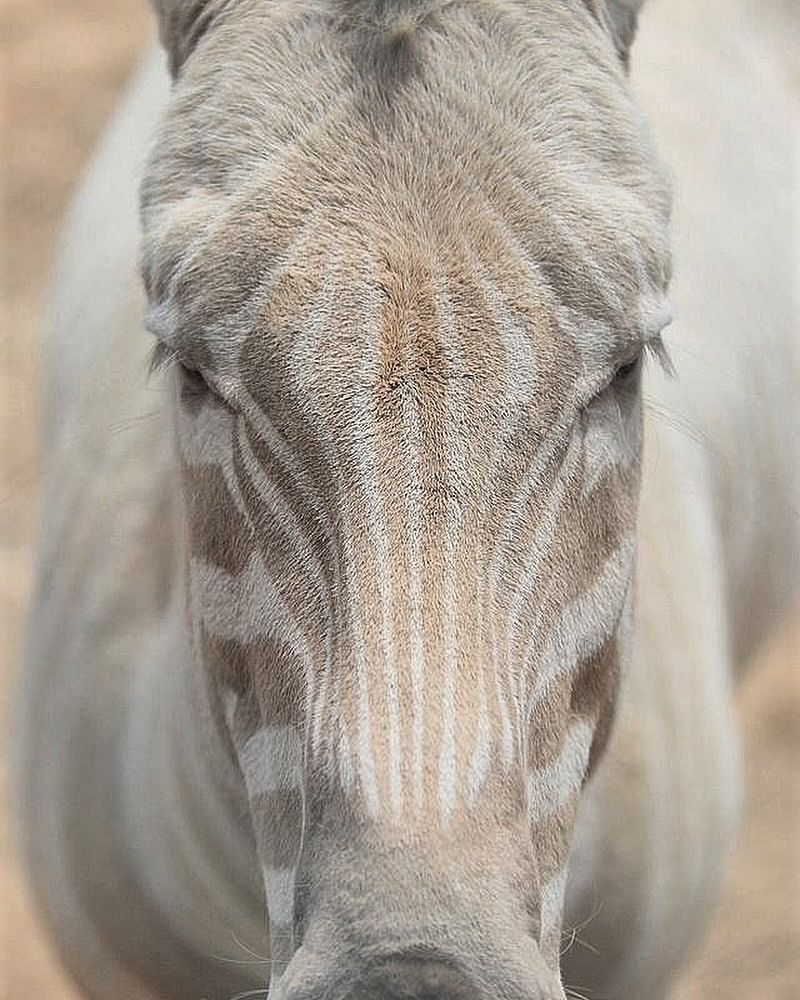
Albino zebras are like the unicorns of the savanna—rare, radiant, and completely mesmerizing.
With snowy coats and barely-there stripes, they stand out like wild wonders among their striped siblings.
But in the open grasslands, that beauty comes at a cost—it’s much harder to hide from prowling predators.
Thankfully, their speed and tight-knit herds give them a fighting chance out there.
8. Albino Kangaroo
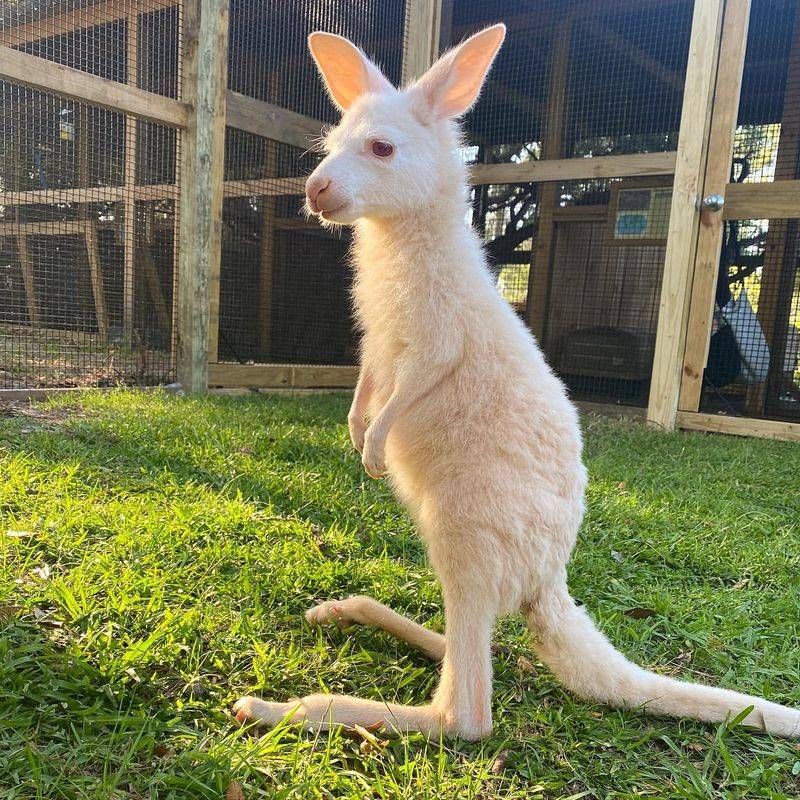
Albino kangaroos are like nature’s rarest hoppers—snowy white with pink eyes and a magical presence in the Aussie bush.
They stand out big time among their more colorful cousins, making them a true spectacle in the wild.
Their pale coats may attract predators, but those strong legs and lightning-fast hops help them bounce to safety.
They’re built for the Outback—covering long distances in search of food, water, and shady hangouts.
Because of their rarity, protecting their habitat is more important than ever.
9. Albino Bat
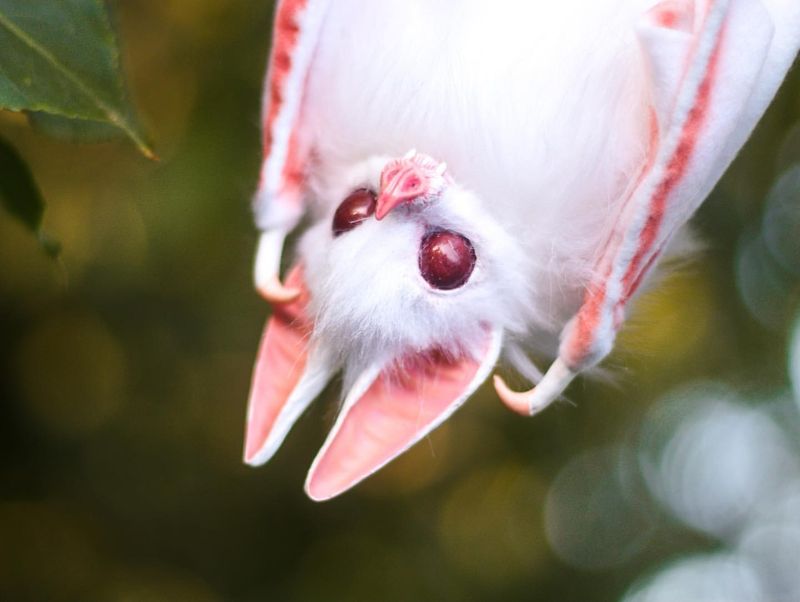
Albino bats are like little ghostly gliders of the night—white fur, pink eyes, and a whole lot of intrigue.
Found in caves and forests around the globe, they stand out in a world of shadows.
Even without pigment, their echolocation still works like a charm, helping them zip through the dark with ease.
But that glowing look comes with risks—being so visible makes hiding from predators tough, and their skin is super sensitive to sunlight.
Still, they’re hardworking night crew members, gobbling up insects and even helping pollinate plants.
10. Albino Python
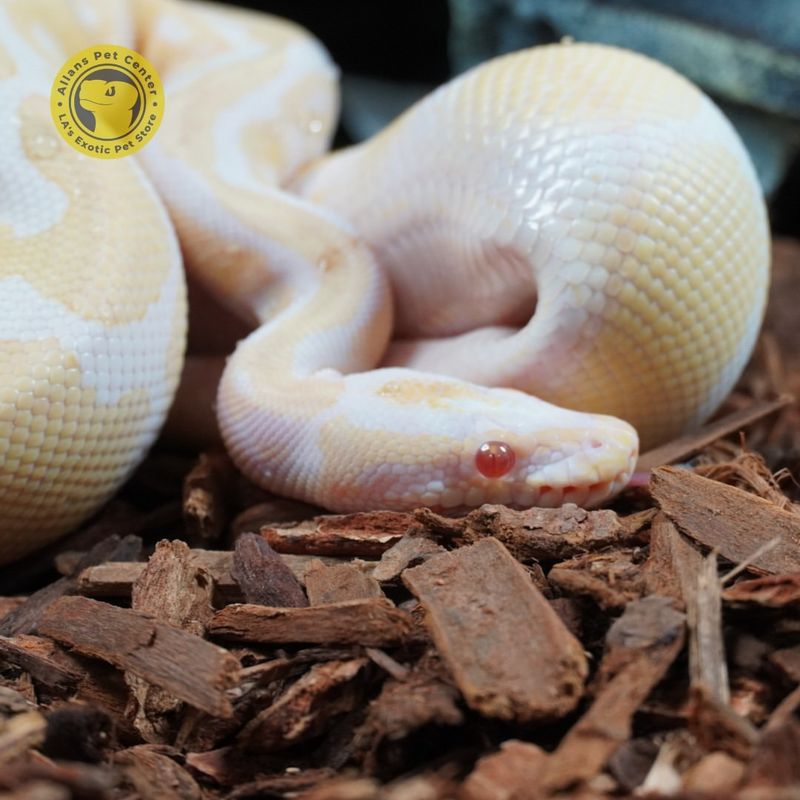
Albino pythons are like the supermodels of the snake world—sleek, glowing, and totally unforgettable.
With white and pale yellow scales, they shimmer through Southeast Asia’s rainforests and grasslands like living art.
But that bold look isn’t all glam—it makes hiding from predators and sneaking up on prey a bit trickier.
Luckily, their strong coils and sharp senses still make them fierce survivors in the wild.
They’re often seen as powerful symbols of mystery and strength in the animal kingdom.
11. Albino Penguin
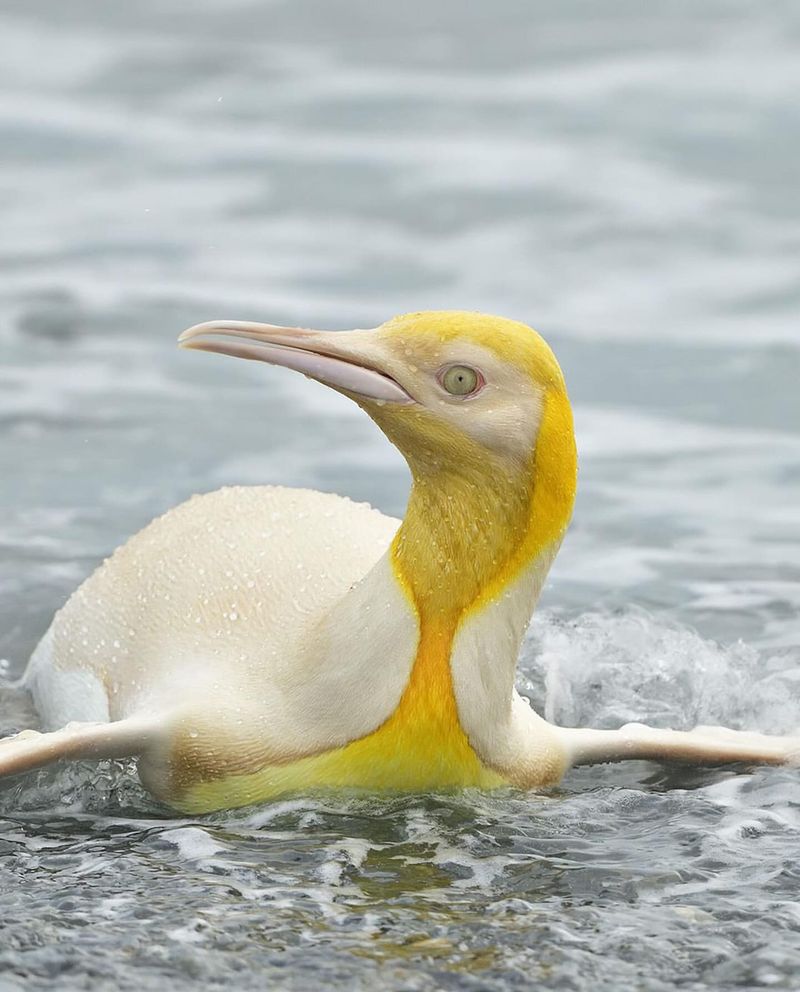
Albino penguins are like frosty little legends waddling through Antarctica—completely white, pink-eyed, and totally enchanting.
They stand out like snowy ghosts among their tuxedo-clad friends.
That dazzling look may be beautiful, but it makes hiding from predators a real challenge.
Their pale skin also means they have to be extra careful under the sun’s harsh glare.
Still, they hold their own with strong colony ties and impressive adaptability.
12. Albino Cobra
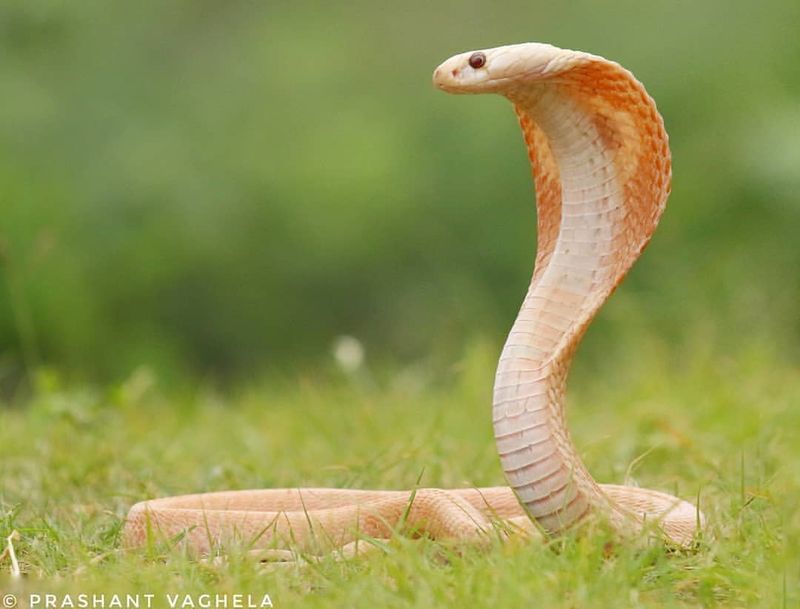
Albino cobras are like mythical creatures slithering through the sands of India—glowing white with hints of pink or yellow, they’re as mesmerizing as they are rare.
Their stunning look turns heads, but it also makes blending in a bit of a problem.
Without their usual camouflage, they stand out to both predators and prey.
Still, don’t be fooled by the glow—these cobras are just as fierce, armed with sharp senses and powerful venom.
Spotting one in the wild is a jaw-dropping moment most people only dream of.
13. Albino Snapping Turtle
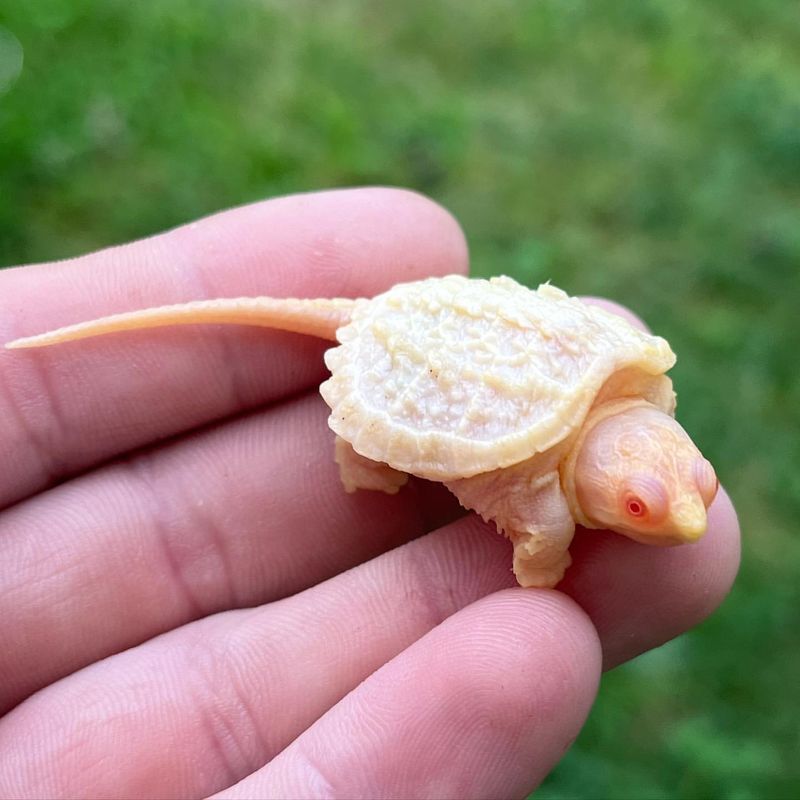
Albino snapping turtles are like hidden treasures of the freshwater world—bright white shells, pale skin, and a serious air of mystery. They stand out big time next to their darker, more common cousins across North America.
That eye-catching look, though, can make them easy targets for predators and vulnerable to harsh sunlight.
To stay safe, they rely on shady waters and their signature snap to get by in the wild.
14. Albino Rattlesnake
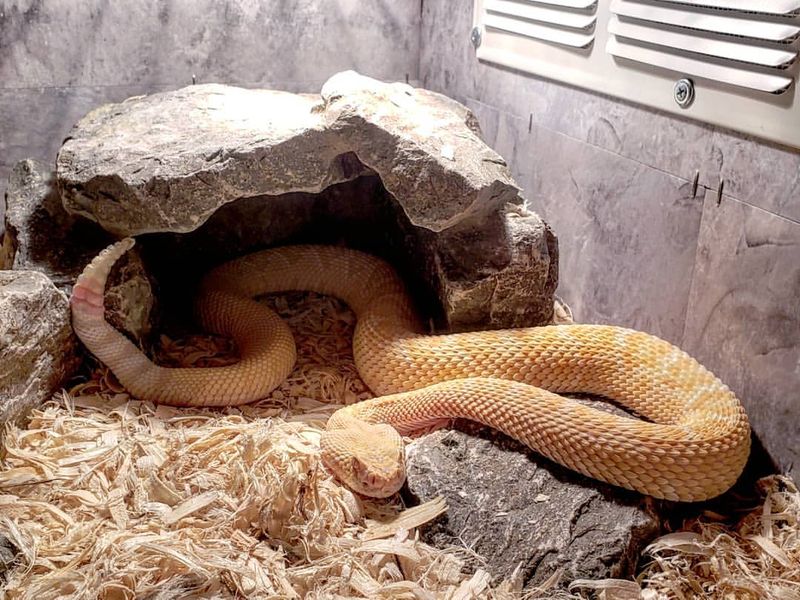
Albino rattlesnakes are like desert phantoms—white-scaled, pink-eyed, and completely captivating.
Found slithering through the arid landscapes of North America, they stand out from their camouflaged cousins in the wild.
That pale look might be stunning, but it also makes sneaking up on prey and hiding from danger a bit trickier.
Luckily, with sharp senses and venom that packs a punch, they’re still fierce desert dwellers.
Sometimes, their pale scales even help them blend into sandy, sun-baked rocks—survival with style!
15. Albino Alligator
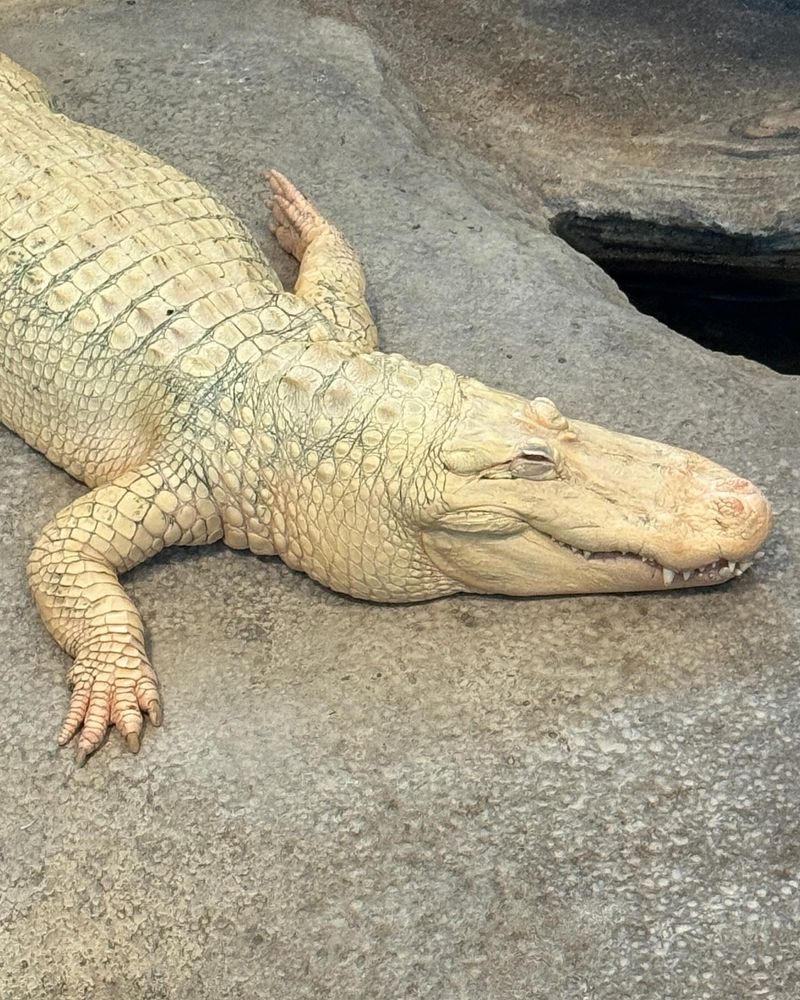
Albino alligators are like ghostly swamp superstars with glowing white skin and pinkish eyes that totally steal the show.
You’ll mostly find these rare beauties lurking in the southeastern U.S.
Their stunning lack of melanin gives them their icy look—but it also makes life in the wild a bit tricky.
Too much sun? Big problem. They have to chill in the shade or stay underwater to avoid burns and vision issues.
Blending in is tough too, which doesn’t help when you’re trying to sneak up on dinner or dodge danger.
16. Albino Seahorse
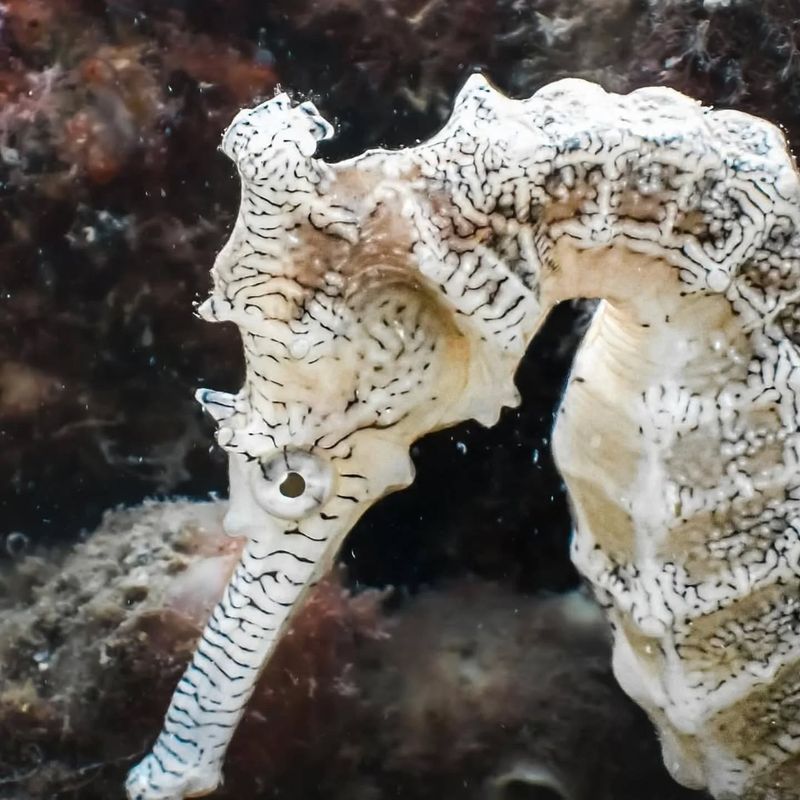
Spotting an albino seahorse is like finding a little underwater ghost—rare, magical, and totally mesmerizing.
With their pale, pearly bodies gliding through coral reefs, they look like ocean secrets come to life.
Their lack of pigment makes them more noticeable to predators, but their shape and slow movements still help them blend into sandy seafloors and corals.
Despite their delicate size, they’re important players in the ocean, helping keep ecosystems balanced.

